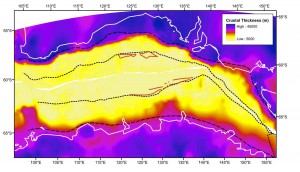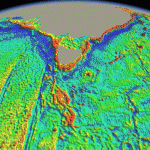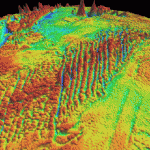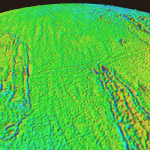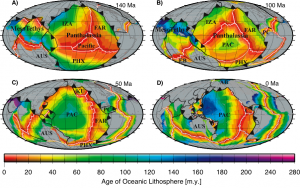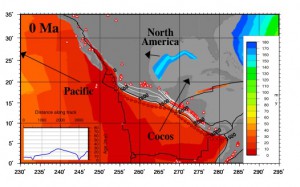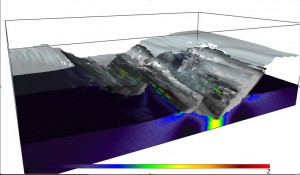EarthByte’s Dietmar Müller, Joanne Whittaker and Ana Gibbons along with Gordon Lister and Lloyd White of the Research School of Earth Sciences at ANU, Canberra, have won funding for their project “Towards a unified East Gondwanaland reconstruction and its implications for Himalayan Orogeny” from the Australia-India Strategic Research Fund (AISRF). This project will involve a close collaboration with Yatheesh Vadakkeyakath, K.A. Kamesh Raju, G.C. Bhattacharya and S. Kiranmai of the National Institute of Oceanography in Goa, India. The project follows on from a successful French-Australian collaboration that unraveled a new high-resolution plate model of the Australia-Antarctica-India plate boundaries, while similar information was obtained for the India-Antarctica-Africa plate boundaries under two recently concluded Indo-French collaborations. … Read more…
Nature – Plate motion and mantle plumes
Müller, R.D., (2011). Plate motion and mantle plumes, Nature. Download the paper – pdf


